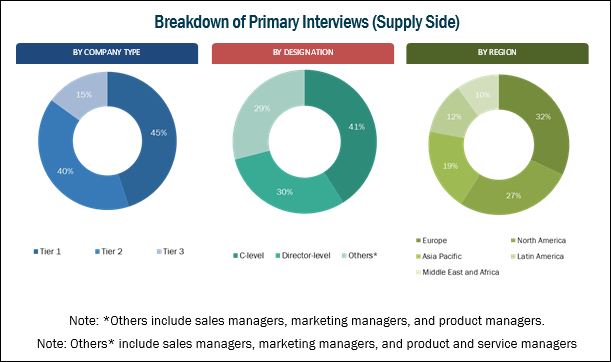Dental 3D Printing Market growth can be attributed to the increasing adoption of the dental 3D printers in dental hospitals and clinics, the significant increase in the geriatric population, and increasing disposable income is leading to the increased dental expenditure resulting in the utilization of digital dentistry.
[225 Pages Report] The global dental 3D printing market is projected to reach USD 5.06 billion by 2023 from USD 1.78 billion in 2018, at a CAGR of 23.2%.
Dental 3D Printing Market by Product (Material (Plastic, Metal), Equipment (3D Printer, 3D Scanner), Service), Technology (Stereolithography, FDM, SLS, Polyjet), Application (Prosthodontics, Implantology, Orthodontic), End User – Global Forecast to 2023
Browse 174 market data Tables and 48 Figures spread through 225 Pages and in-depth TOC on “Dental 3D Printing Market”.
Download a PDF Brochure @ https://www.marketsandmarkets.com/pdfdownloadNew.asp?id=258228239
What drives the Market?
High Incidence of Dental Caries and Other Dental Diseases
Rising Demand for Cosmetic Dentistry
Adoption of Dental 3D Printers in Hospitals and Clinics
Growth in the Geriatric Population
However, reimbursement scenario and stringent regulatory process for the approval of 3d printing equipment may hinder the growth of this market during the forecast period.
By technology, the vat photopolymerization segment accounted for the largest share of this market in 2017
On the basis of technology, this market is segmented into vat photopolymerization, fused deposition modeling, selective laser sintering, polyjet technology, and other technologies. The vat photopolymerization segment accounted for the largest share of the global dental 3D printing market. The high precision and accuracy of this technique is primarily attributed to the large share of this segment.
North America dominated the market in 2017
North America accounted for the largest share of the dental 3D printing market in 2017, followed by Europe and Asia Pacific. The large share of the North American market can be attributed to high and growing incidence of dental caries and tooth loss (associated with the aging population), high oral care expenditure, development of 3D printing technologies offering high accuracy and reduced time for printing, increasing demand for cosmetic dentistry, and rising popularity of digital dentistry.
Request a Sample Pages @ https://www.marketsandmarkets.com/requestsampleNew.asp?id=258228239
Objectives of the study
To define, describe, segment, and forecast the global market by product & service, technology, application, end user, and region
To provide detailed information about factors influencing market growth (drivers, restraints, opportunities, and industry-specific challenges)
To analyzemicromarkets with respect to individual growth trends, prospects, and contributions to the overall dental 3D printing market
To analyze market opportunities for stakeholders and provide details of the competitive landscape for key players
To forecast the size of the market in North America, Europe, Asia Pacific, Latin America, and the Middle East & Africa
To profile key players in the market and comprehensively analyze their core competencies
To track and analyze competitive developments such as agreements, collaborations, and partnerships; expansions; mergers and acquisitions; and product developments and launches of key players in the market
Key Players
The key players in the global dental 3D Systems (US), Stratasys (US/Israel), Renishaw (UK), Roland DG (Japan), SLM Solutions (Germany), EnvisionTEC (Germany), DENTSPLY Sirona (US), Straumann (Switzerland), Formlabs (US), Prodways Group (France), EOS (Germany), Rapid Shape (Germany), DWS (Italy), Planmeca (Finland), Kulzer GmbH (Germany), Ultimaker (Netherlands), Dental Wings (Canada), Carbon (US), and Asiga (Australia).



